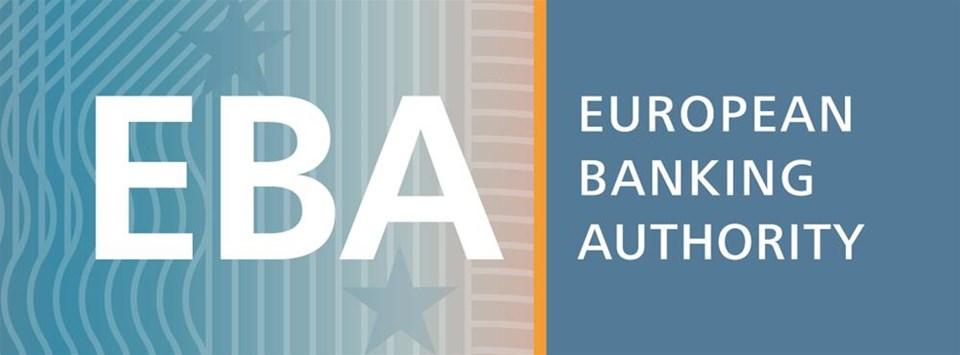The European Banking Authority (EBA) recently published its European Resolution Examination Programme (EREP) Report. It sets three priorities for resolution authorities and banks for 2025: operationalisation of their resolution tools, liquidity strategies in resolution, and management information system for valuation. The Report also looks at the progress achieved in 2023 and identifies areas of improvement.
The 2025 EREP priorities confirm and complement the areas of focus set for 2024, given their relevance and the fact that work takes time on those complex topics. New elements introduced for 2025 reflect policy and market developments, progress and expertise gained by resolution authorities and, overall, embed a testing dimension which is considered central for resolution readiness.
Compared to 2024, building up own funds and eligible liabilities is not a separate priority anymore, given that most banks have met their minimum requirement for own funds and eligible liabilities (MREL). However, to increase the effectiveness of the bail-in tool, MREL qualitative aspects are to be further monitored as part of the operationalisation of resolution tools, and quantitative aspects will be followed and disclosed by the EBA in its MREL Dashboard.
In 2023, convergence increased within the EU with regards to resolution planning practices and objectives.
On MREL, only four banks did not meet their target as of 1 January 2024. Resolution authorities have used their powers to impose sanctions and extended deadlines for 22 institutions. They have also increased their monitoring of MREL eligibility and quality, especially for contracts governed by third-country law.
On the operationalisation of the bail-in tool, most resolution authorities have now published their bail-in mechanics and consider that challenges concerning the identification of holders of instruments, suspension for trading or requirements of issuing prospectus for the new instruments persist and are particularly prominent in relation to third country stakeholders.
While some progress has been observed in the area of liquidity in resolution, resolution authorities plan to further increase the intensity of their testing and to challenge the severity of banks’ scenarios.
Finally, resolution authorities have performed more testing of management information systems for valuation as some banks showed significant gaps in data quality, automation, granularity and timeliness of report delivery. Further progress remains needed. Resolution authorities have put in place procedures for quickly appointing a valuer. The EBA supports the work of resolution authorities and is preparing a Handbook on the independence of valuers currently under public consultation.



